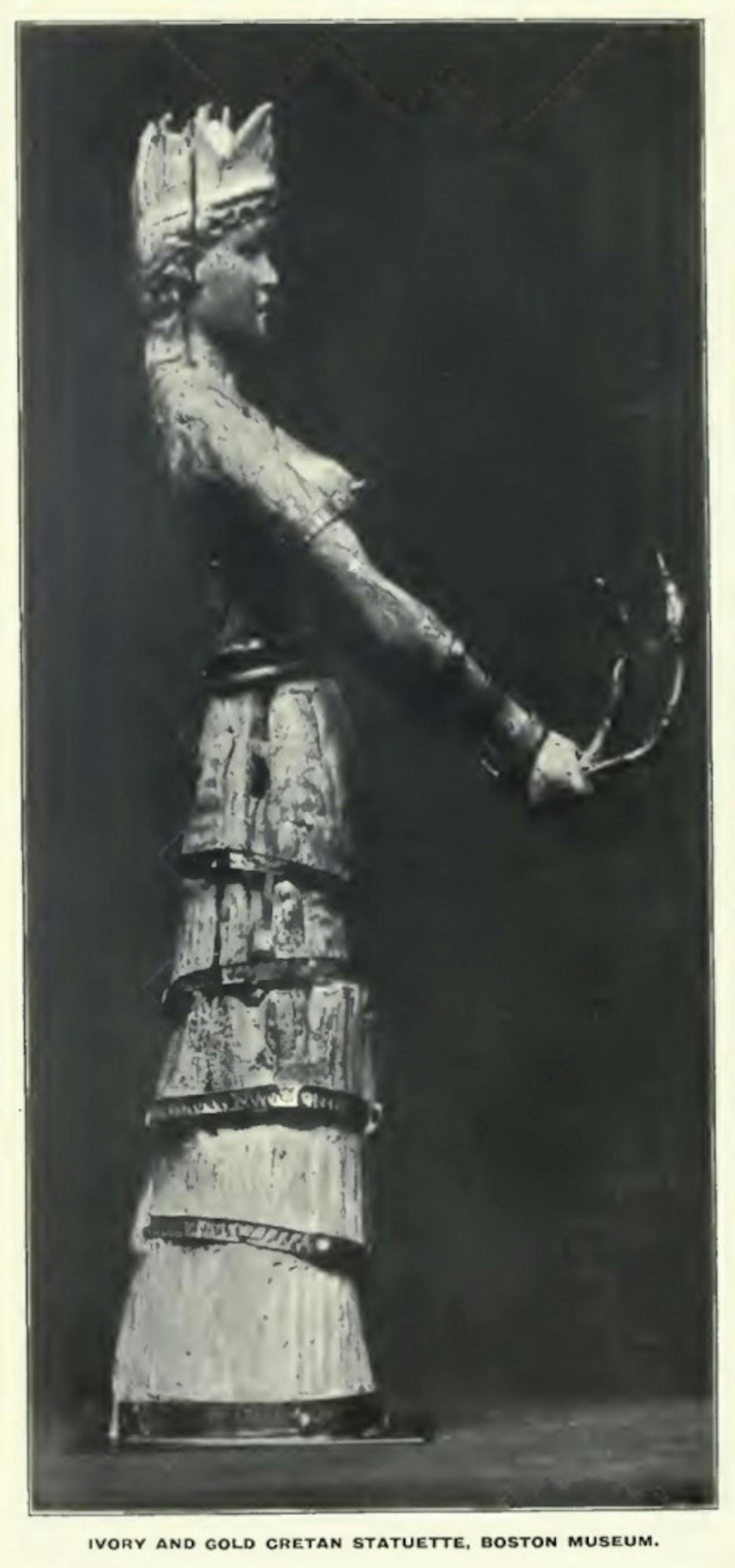MFA scientist explains the place for science in art
Last Tuesday night, Richard Newman, the head of scientific research at the Museum of Fine Arts in Boston, gave a fascinating lecture titled "Science in the Art Museum" as part of the Art of Science lectures, a series sponsored by Brandeis' Women in Science Initiative. At first glance, the topic of the lecture seems a little strange-art museums are usually not thought of in the realm of the sciences. However, Newman explained that the science of preservation, conservation, determining authenticity and studying the deterioration of art is extremely crucial to learning about and maintaining artwork. It is so important that many scientists, including Newman, have devoted their lives to this field of study.
Newman began by talking about the history of the scientific study of art and about the place of the MFA in that history. In the United States, the first labs in museums appeared in the late 1920s. The MFA was only the second museum in the United States to have a science lab, and, according to Newman, in the 1960s, its lab was known as one of the best in the world.
Newman moved on to discuss the difficulties that labs in museums are facing today. One major problem today is that lab equipment is extremely expensive, averaging $100,000 per piece, making it very difficult for museums, especially smaller ones, to fund a lab. Even the MFA, a relatively large museum, cannot afford the most cutting-edge equipment. Part of the reason for this is the cost but also there are only two scientists in the museum laboratory who use and take care of the equipment-they are, as Newman said, "a cottage industry."
Museums have found ways of remedying the issues of costs and personnel demand by creating a system of collaboration. Larger museums, including the MFA, offer their services in analyzing artwork for free to smaller museums and universities who cannot afford the equipment. Newman mentioned that the MFA recently did some work with Prof. Andrew Koh (CLAS) and hopes to work more with Brandeis professors as well as students in the future. He also described how museums in Europe have remedied the problem of finances by designing mobile labs: facilities that can be moved from museum to museum. Northwestern University, in conjunction with the Art Institute of Chicago, is currently starting to develop a similarly styled laboratory.
In the second half of the lecture, Newman talked about knowledge that we have acquired about art by way of science. More specifically, he talked about two pieces in the MFA that have raised some questions of authenticity. One such piece was an ivory and gold statue of a snake goddess that was thought to be ancient Minoan. Newman and his colleague conducted some tests on the piece per the request of a curator. The lab, he said, could not effectively perform carbon dating tests on the piece as it was covered in wax. Instead, they had to test the gold for the presence of other metals, and discovered high amounts of copper in it-too high compared to other samples from that time period and place of origin. The lab concluded that it is very unlikely that the statue was Minoan. It has been suggested that the archeologist who claimed to have discovered it and his team may have manufactured the statue. This cannot be proven, but the statue is no longer on display.
Newman ended his lecture with some comments on the lack of information that museums provide to the public about the scientific findings regarding the artwork, including information about authenticity. This is because, as Newman said, "[museums] like to minimize words on labels" so that they are more accessible to the public. With so few words, there just isn't enough room for scientific information. In addition, museums do not like to admit when they are uncertain about the authenticity of the artwork. So next time you visit an art museum, be sure to think more carefully about how we know what we know about the pieces on display.



Please note All comments are eligible for publication in The Justice.